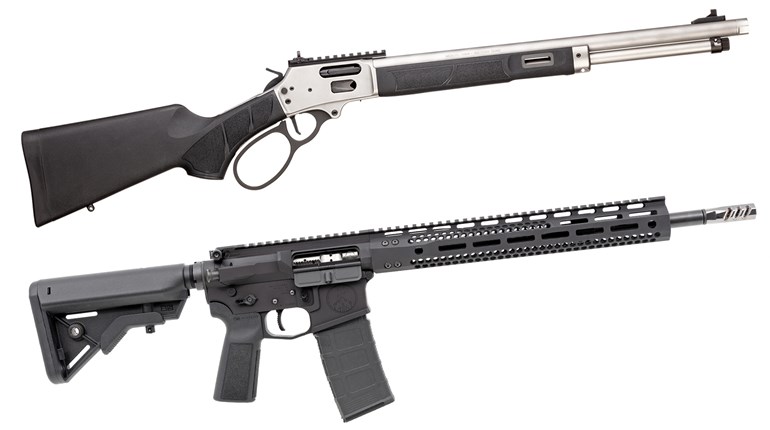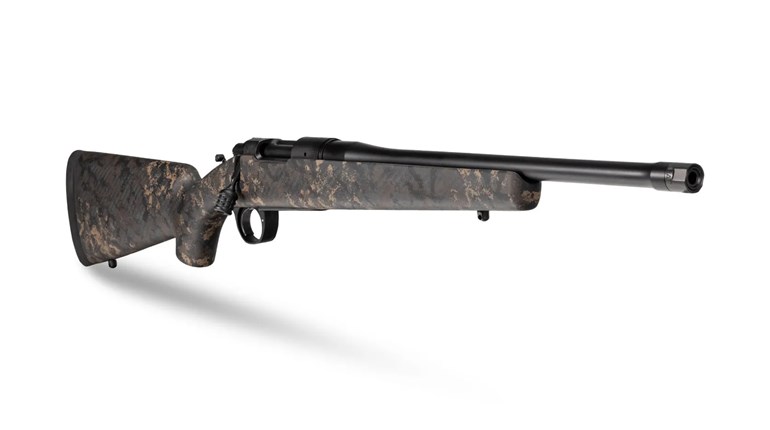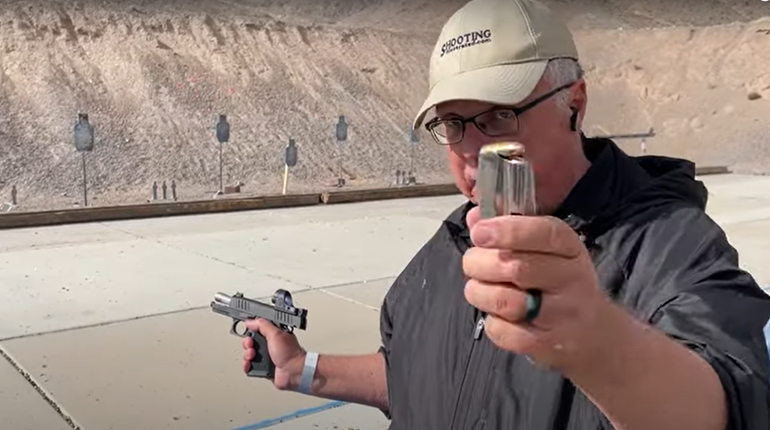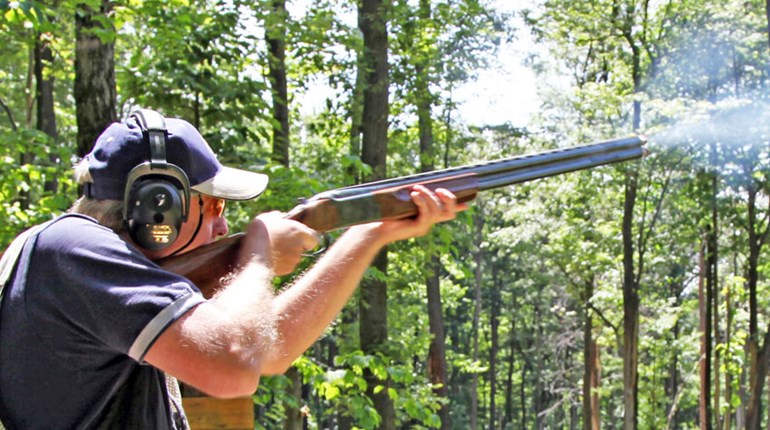
I’ve just spent four days with an old acquaintance who is becoming a good friend. Richard Venola came up for a visit, and along with several rifles—both military and sporting—he brought an encyclopedia of knowledge about history. Normally I avoid non-stop chatterboxes, but in Richard’s case his machine-gun talking is overflowing with interesting vignettes of historical import, punctuated with bits of very dry humor.
More than likely, the great unwashed who may cross his path will hastily retreat as he waxes on the finer points of the Crimean War. Richard is, if nothing else, an odd duck—but an interesting one. It would not surprise me to learn that his IQ is on the long side of 150. Like many hyper-intelligent people his mouth is in a constant—and likely futile—race to keep up with his mind. So I almost was overrun mentally when he casually mentioned a project rifle he had brought along.
The donor was a 1917 Enfield, and, according to Richard, it was in pretty sorry shape when he parted with a C-note to get it. He sent it to Danny Pedersen at Cut Rifle Barrels in Prescott, Ariz., for the metal work. Nowadays, most guys who want a new caliber simply replace the old barrel with one in the new caliber and chambering. However, Richard opted for the old school method of reboring the barrel and re-chambering it to .375 H&H. Much of the sporterizing had been done prior to the rebore job. The military sights were replaced with a ramp front and an express-type rear sight. Other metal work included milling off the “ears” of the original rear sight, opening up the magazine well to handle the long .375 cartridges and opening up the bolt face to accept the magnum case heads. After the rebore all of the exposed metal was given a subdued bead blast and blued.
Removal of extraneous wood and reshaping also had been done before the reboring and chambering work. The wood on most 1917 Enfields is notoriously low quality, but this stock seems to be rather tight with a strong, straight grain. The G.I. buttplate has been jettisoned in favor of a Pachmayr Decelerator recoil pad. An oil finish brings out what I like to call simple elegance. Richard topped the rifle with a 1-5 Trijicon scope.
We set about getting it on paper at 25 yards; then moved out to 100 yards. Five shots later the $100-.375 was dropping every bullet inside 1 1/2 inches, whether Richard or I shot it. I found four things that need attention. First, the crooked stock has way too much drop at the comb and needs a lace-on leather cheek pad to allow the shooter to achieve a proper cheek-weld. I’ll just bet we could get somewhat better groups if we had that accessory on the rifle. The second negative is that the dog-leg bolt knob puts it too close to my index-finger knuckle. Unfortunately that requires replacing the bolt handle. The military trigger needs to go bye-bye, as it breaks at a spongy 8 pounds or so. I’d replace it with a Timney single-stage trigger set at 3 1/2 pounds. Finally, the cock-on-closing bolt has no place—in my opinion—on a dangerous game rifle. In the interest of full disclosure, I should add that Richard—the military historian—relishes two-stage triggers and bolts that cock on closing. To each his own.
I would not exchange my 60-year-old Model 70 in .375 H&H for this rifle, but for 100 bucks, it’s a heck of a rifle. If I were headed to Alaska to confront an ill-tempered brown bear and could not afford a modern fancy rifle, something like this Enfield would be a viable option. Given the interest in 20th century military rifles, it’s probably not a good idea to transform a cherry Mauser, Springfield or Enfield, but with literally thousands of examples on their last legs, a project like this could restore it for good use.





































